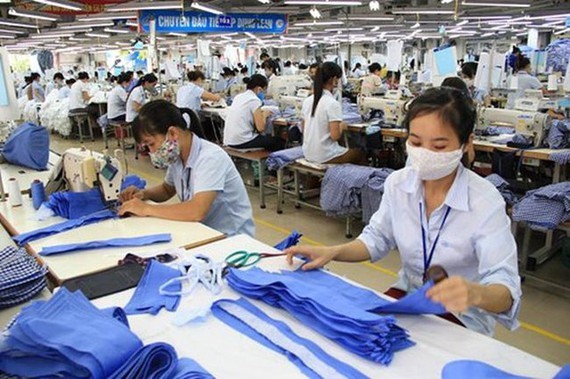 Illustrative photo
Illustrative photo
Inflation in the United States has hit a 31-year high, at a 6.2 percent year-on-year increase in October, after rising 5.4 percent in September. In Europe, inflation increased by 4.4 percent in October, up by 3.6 percent since September.
In Asia, inflation in China recorded at a remarkably low rate, but is now on the rise, with a 1.5 percent year-on-year rise in October, twice as high as the month before. China's Producer Price Index (PPI) reached a 26-year high in October, up by 13.5 percent over the same period.
This has raised concerns about a move from PPI inflation to Consumer Price Index (CPI) inflation. In Southeast Asia, except the Philippines, inflation has remained relatively stable, but high commodity prices have stirred concerns about short-term inflation risks in the region.
There are now two groups of opinions arguing about whether inflation is temporary or long term. Temporary inflation means that inflation arises as economies undergo certain changes, with demand growing high while supply falling seriously low. Inflation will gradually cool down as supply is able to meet demand.
Yet temporary inflation may turn into long term inflation if an imbalance between demand and supply continues over a long period of time. That could be in the post Covid-19 situation when unprecedented big stimulus packages from governments and central banks of countries around the world could result in changes in floor prices.
In Vietnam, the general inflation rate in November indicated a 2.1 percent year-on-year increase, which was higher than the 1.8 percent rise in October.
Statistics show that, except CPI for transportation, the increase in the other goods in the CPI basket remained low, compared with the same period last year. In fact, the main cause of inflation in Vietnam now is directly related to the increase in commodity prices, especially the price of oil and gas.
Recently, however, the new variant of Covid-19 called Omicron has increased concerns about stricter travel restrictions around the globe which were recently relaxed. This may slow down the increase in price of oil worldwide.
Additionally, the domestic consumer demand is still recovering slowly, even though most of the strict Covid-19 pandemic control restrictions have been lifted. In November, the total retail sales of consumer goods and services improved at a 6.2 percent increase over the previous month, but it was still lower than the 12.2 percent rise in the same period in 2020.
In addition to dramatic plunges in services, that were severely influenced by the Covid-19 pandemic, the retail sales of consumer goods plummeted by 5.9 percent compared with the same period last year. This indicates that the weak consumer demand has prevented the manufacturers from passing the increased costs on to consumers, and helped keep inflation in control in the final months of the year and may even continue during the traditional Lunar New Year or Tet holidays in 2022.
























